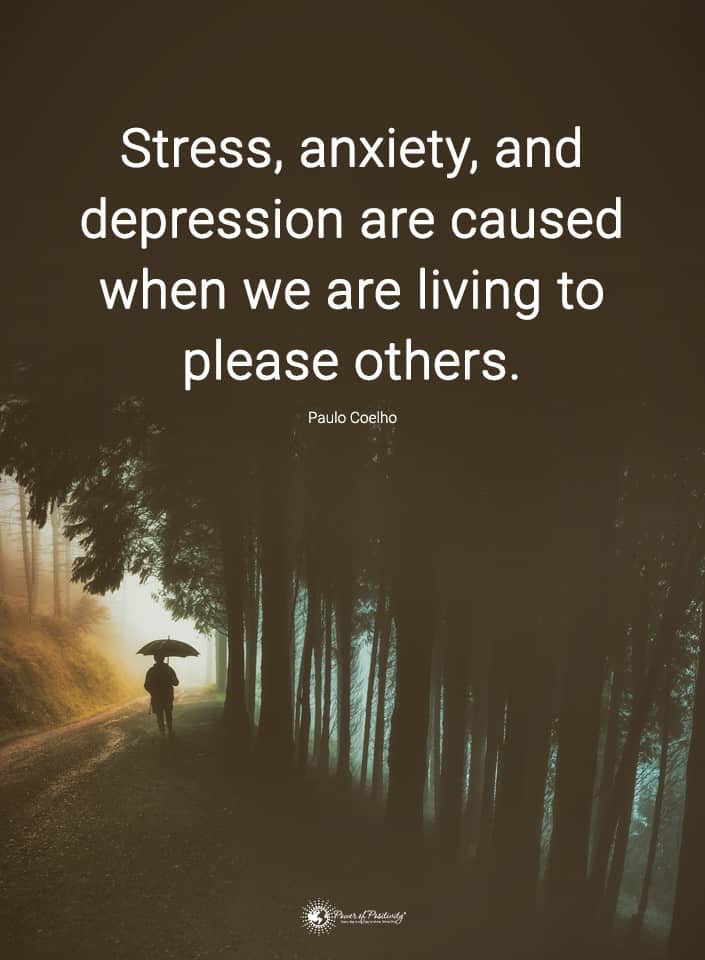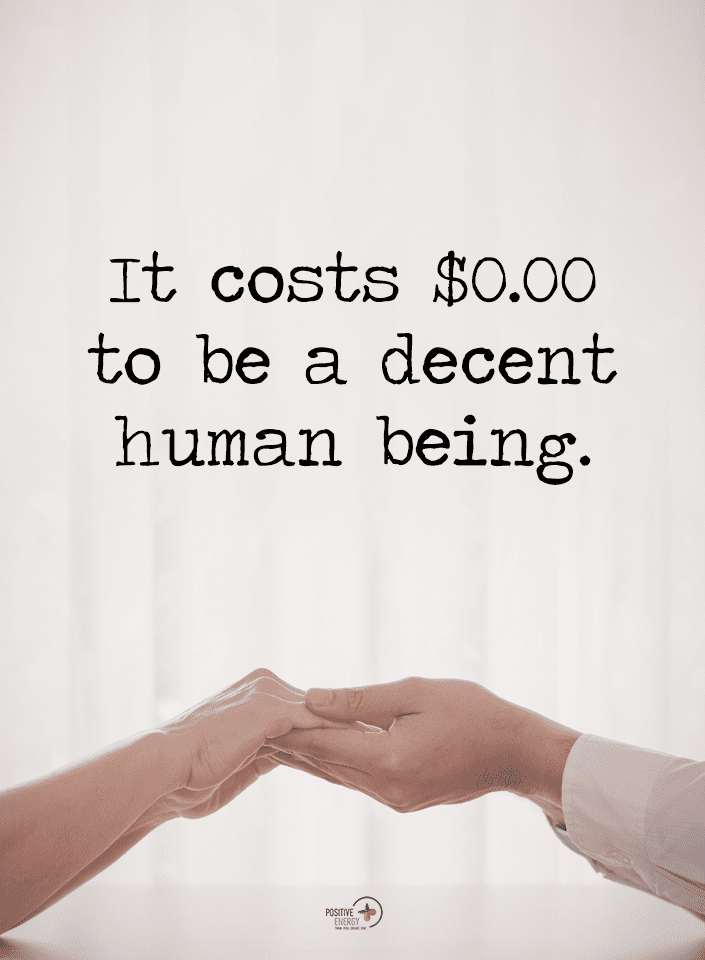There’s something to be said about the special bond that women have with each other. Observationally, when watching two female friends “hang out” together, the mutually intimate feelings are often apparent. It’s not unusual to see two girlfriends holding hands, hugging, and displaying their affection.
Men? Not so much. We’re more likely to have our hands in our pockets or arms crossed. We won’t call each other unless necessary. We certainly will not hold hands or hug. Does this mean we don’t care for our friends? Of course not. In fact, there are more similarities than differences regarding friendship between the sexes.
That said, psychology has discovered that women “tend to invest more in maintaining their friendships – calling friends regularly [and] meeting more frequently.” Men’s friendships tend to be more “transactional,” in that, we exchange favors, meet up for fun activities (e.g., watching football, playing golf), and then go our separate ways.
Strong women arguably make the best friends – even for some men. Why? Women of strength are far less likely to sugarcoat things (give honest, direct advice), encourage independence, put their friend’s needs first, have your back, and be there to inspire and encourage.
It’s not surprising, then, that strong women are desirable companions. Women are drawn to their unique qualities, and understandably so. It’s also typical for strong women to attract others with similar attributes.
Which segues into the topic of this article.
“One friend in a storm is worth more than a thousand friends in sunshine.” —Matshona Dhliwayo
Here are five types of friends that strong women keep in their life:
1. The Wise Cracker
We all need that one friend who can keep us from becoming a curmudgeon. Life gets serious – and sometimes necessarily so – but no circumstance should drain us of our right to a happy life. We need someone to remind us of humor’s importance.
Enter the Wise Cracker – the friend with cunning and humorous wit.
We should all be so lucky to have a Wise Cracker within our social circle. They’ll sense someone’s hurt and despair, and – at just the right moment – deliver a punch line that has their friend reeling from laughter.
2. The Human Polygraph
Some people can sense a lie with the precision of a polygraph machine. They may not be 100 percent right all the time, but they’re pretty close. Aside from this exceptional skill, the Human Polygraph also makes for a terrific friend.
Combine an inner strength with detective-like deductive abilities, and you get someone who will emphatically call someone on their B.S. – even if the B.S. is self-inflicted. Strong women will call their friend’s bluff out of love and compassion, refusing to let them make excuses for themselves.
3. The Virtuously Angry Friend
It’s now 2017 – 97 years after the ratification of the 19th amendment giving women the right to vote. Still today, women all over the world (including the United States) are still having to fight for equal pay and equal rights.
Many people, not just women, are averse to conflict – this is just an inherent part of their personality. Sometimes, however, situations arise when either ourselves or someone else must employ an intelligent, mature variety of anger.
The Virtuously Angry friend demonstrates, through word and deed, that righteous anger is okay. Similarly, this friend will quickly distinguish the vast difference between anger of virtue and irrational, rude anger.
The Virtuously Angry friend teaches a critical lesson: that intelligent anger is sometimes necessary – and that it’s okay to employ this emotion in the face of injustice.
4. The Misfit
It’s not uncommon for an individual’s inner circle to resemble themselves. We witness this social arrangement throughout life. Remember high school? Boys hanging around boys, girls hanging around girls, “jocks” hanging out with “jocks”– and on, and on.
The fact that we tend to associate with like-minded people is sad; it is so because it narrows our view of the world. Indeed, this accepted social trend may limit the views of our very self. At best, this social order manifests into a type of ignorance. At worst, it breeds intolerance and spite.
In friendship terms, The Misfit embodies a different set of beliefs and ideas than our own – and leads a different type of life – which, ironically, makes them a potentially great friend. The Misfit not only possesses the capability to teach us about different viewpoints (thus tolerance); but may also observe something in us – in our character – of which we were never aware.
5. The Rooter
When life inevitably gets tough, we tend to inflict unneeded self-harm. We’ll analyze and critique our failures; accomplishing nothing and draining our self-worth and self-respect in the process.
Just as we need someone to “give it to us straight,” we also need someone who can look past our self-perceived failures and inspire. Women face several challenges in this world (some noted above). Some women need an optimistic voice to encourage them to push on despite any obstacles.
The Rooter is the friend who embraces you in a tight hug while whispering: “Remember your strengths.” They’ll be happy to list them off for you if you can’t.











